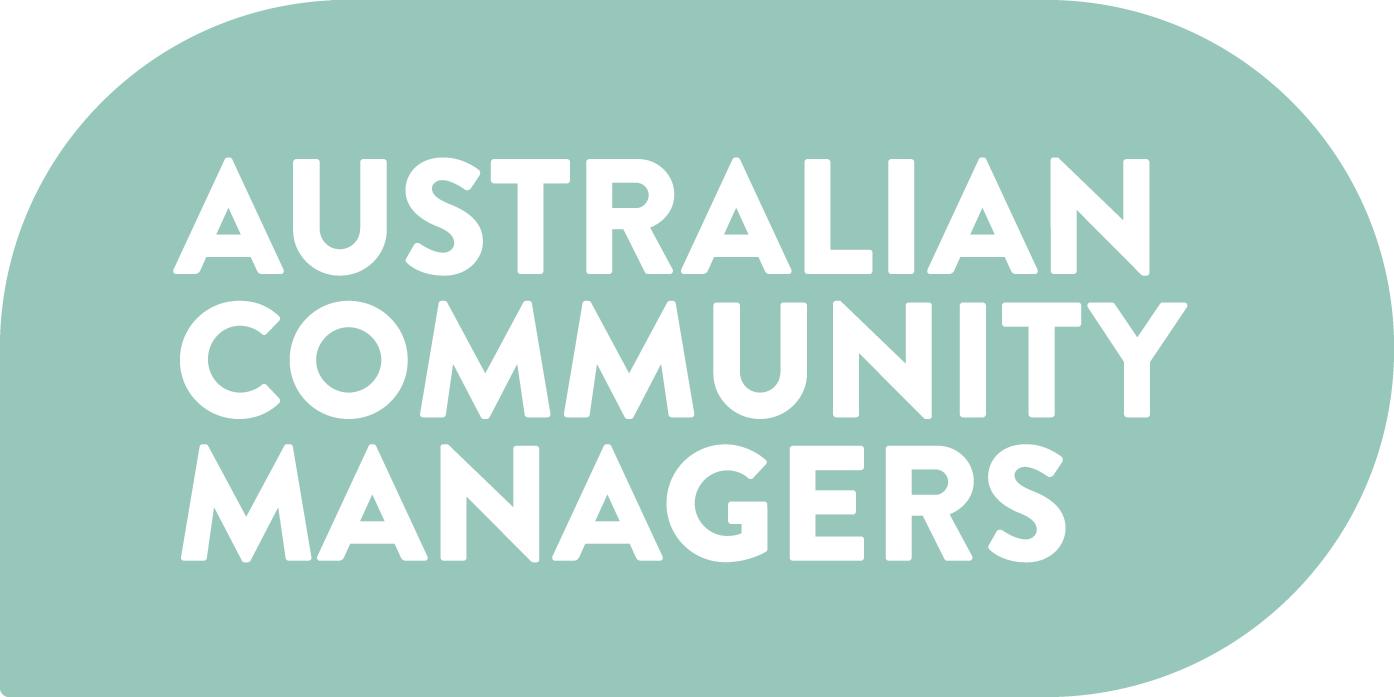How to manage emotional labour in communities
Community custodians often have to perform emotional labour, leading to stress, burnout, and decreased work performance. Serena Snoad is Online Community Manager for the Alzheimers Society UK, and trains online community teams as the founder of Good Community. She explains how to ethically and self-protectively manage emotional labor when community building gets tough.
Serena Snoad, founder of Good Community
What is emotional labour?
Emotional labour happens when we manage our emotional response to perform a role.
For example, community managers may have to suppress their true feelings in order to take care of culture, safety and more.
This can mean having to deal with unrealistic expectations, resolving conflict and crises, or even experiencing harassment and abuse.
How does emotional labour affect community managers?
Emotional labour can cause stress and affect morale in community professionals, leading to decreased work performance and burnout when sustained. Community managers can also experience vicarious trauma, or the negative effects of exposure to information about trauma on helping professionals.
It’s important to be on the lookout for signs emotional labour is affecting you or your team.
A community professional may be struggling if:
Their work performance is inconsistent and morale low
They appear increasingly anxious, sad, or nervous
They’re feeling an increased need for control
They’re more easily overwhelmed or irritated
They’ve lost interest in activities that used to bring them joy
Photo: Andrea Piacquadio
Strategies to protect your wellbeing
Boundaries: Setting boundaries helps us establish our identity, develop autonomy and improve decision making. Boundaries can be physical (remit and who handles what tasks), time (working hours, response timeframes and handover plans), topic boundaries (what we will and won’t talk about or tolerate-e.g community guidelines), or emotional (when to share tasks and who handles crisis or risk).
Breaks: Taking breaks helps prevent overwhelm and counteracts the feeling of always being “on”. In the short term, this might mean taking screen and standing breaks or breaking up tasks. In the long term, scheduling time off and phasing in and out of work when you need to will help prevent burnout. Be sure to utilize escalation and handover plans to ensure you’re supported to take the breaks you need.
Boost positivity and wellbeing with self-care: This might mean curating your music, information and connections to offset stress in your personal life. For example, you might want to watch lighthearted shows after work instead of heavy documentaries- or you might benefit from finding a positive peer, mentor coach and counsellor. Take your time and find what works for you.
How to deal with emotional labour challenges
Use empathy: If you have to manage others’ emotions, reflect back what they feel and emphasize what you can do for them. Doing so will enable you to separate your own experience by focusing on the other person. For example, you might say “I understand why you’d feel frustrated. I can help by doing…”
Create and utilize escalation strategies: These strategies will help you plan ahead. They should include remit and response timeframes, as well as plans for different levels of risk. Make sure you know who you can escalate to and seek advice from in crisis situations. Don’t forgate to update your plan regularly and if you are in a larger organisation, align with other teams to improve your strategies.
Reach out to external support networks: Your team, peers, managers or coaches can help support you when things get tough. In addition to seeking listening and advice, take advantage of resources offered by your organisation. Many organisations offer EAPs (Employee Assistance Programs) where you can connect with trusted mental health professionals.
Building structural support
Community managers often have to manage emotional labour without structural support. Here’s some tips to help you educate stakeholders and managers and boost structural support for wellbeing in your organisation:
Start with what you have: Discuss boosting wellbeing as a positive ROI or the financial cost of retraining staff.
Link into broader conversations about wellbeing: Identify conversations about wellbeing already happening in your organisation. For example, does your company have policies about wellbeing? Are they practicing what they preach?If your leaders don’t listen, that may be a red flag.
Serena was a guest at Australian Community Managers’ annual Swarm Conference.



